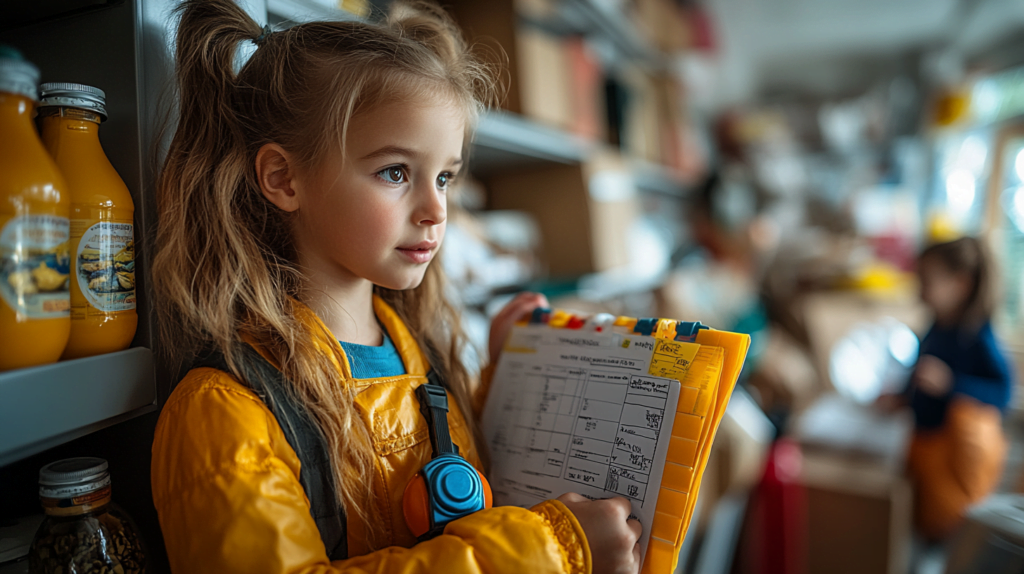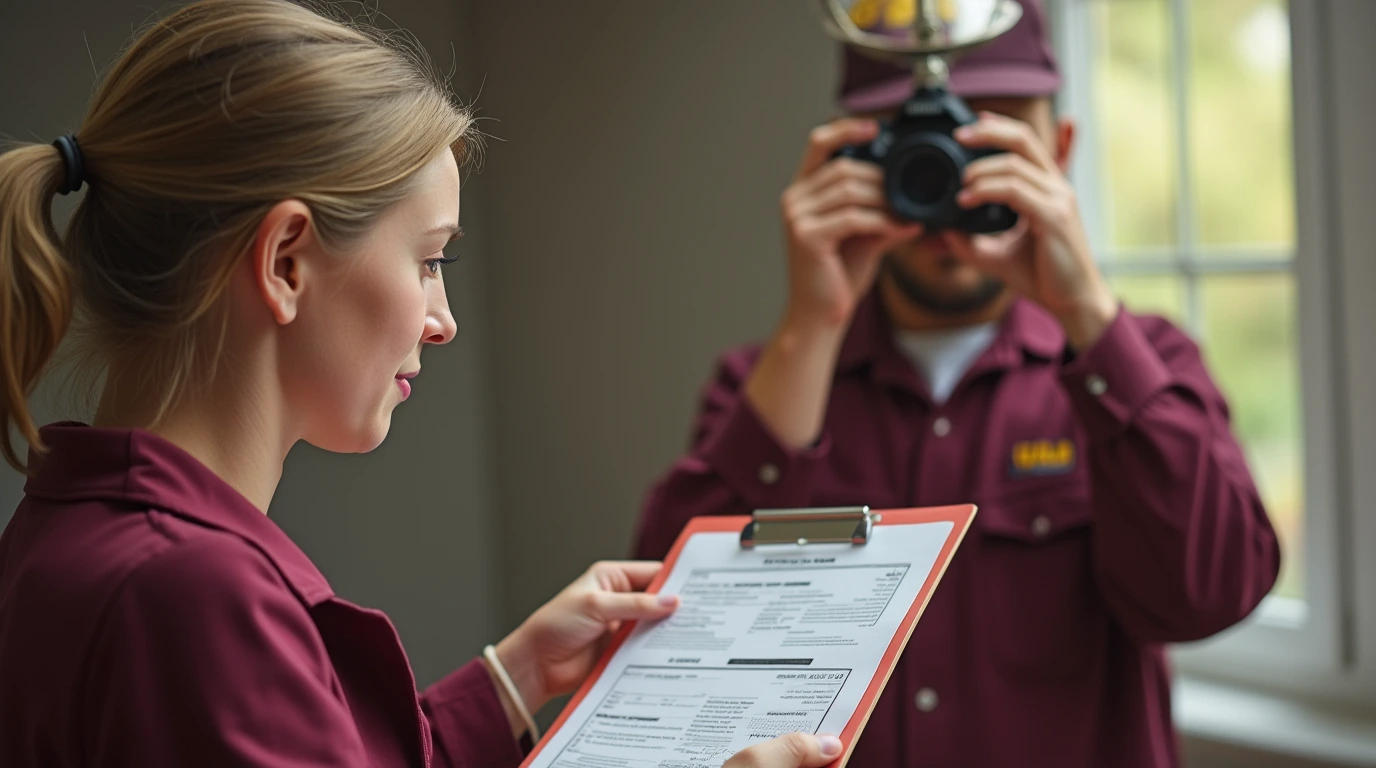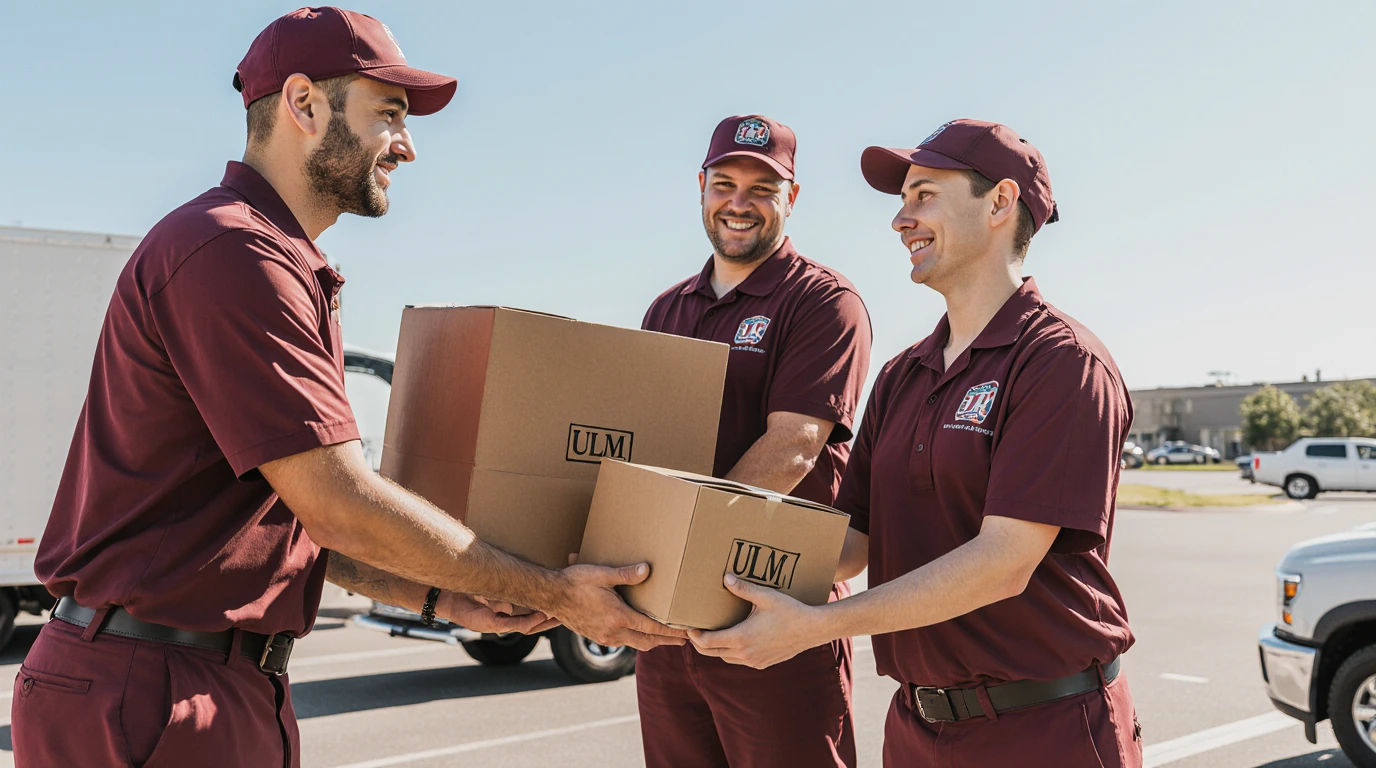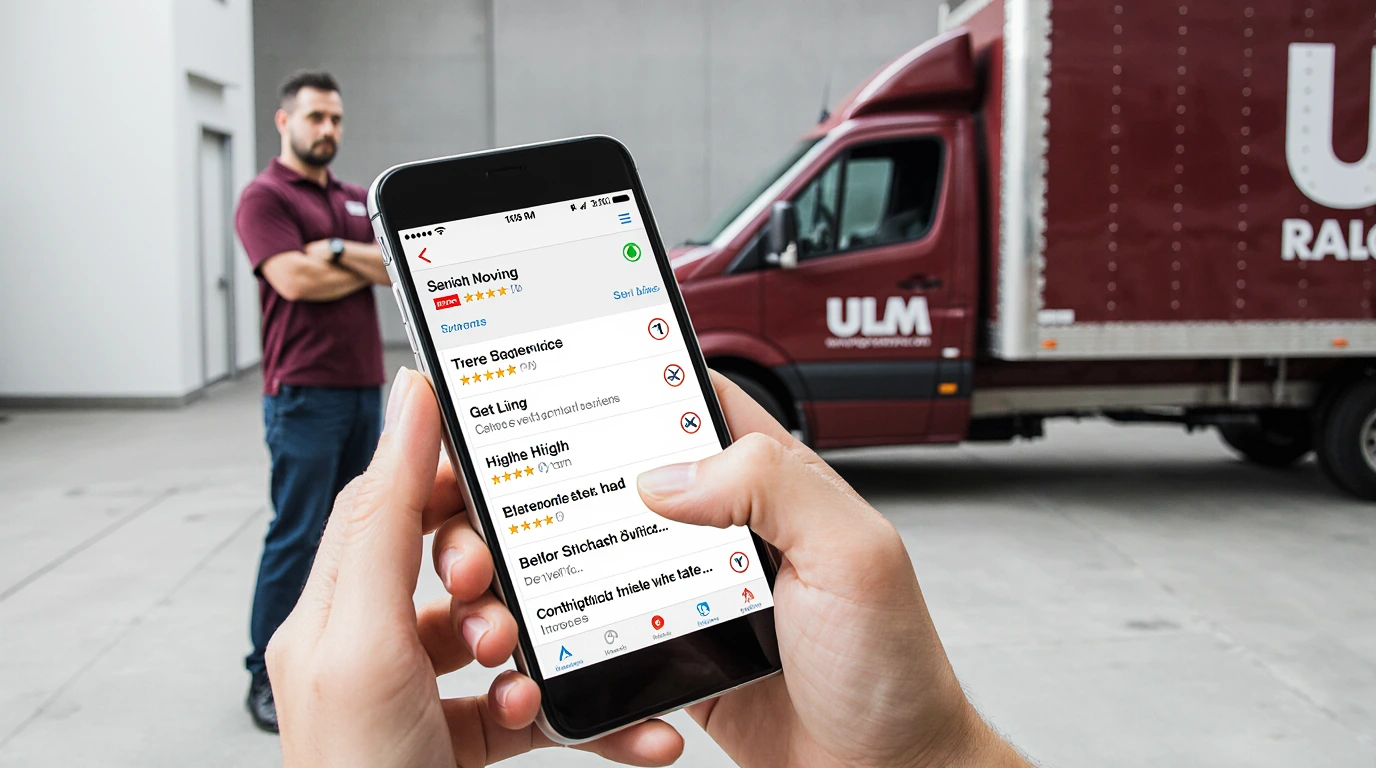Moving into a new home is an exciting adventure, but it’s crucial to prioritize safety to ensure a secure and comfortable living environment. Here are some essential new home safety tips that you should consider when moving in.
Home Safety Checklist
A comprehensive home safety checklist is the first step to ensuring your new home is safe for everyone. Here are some critical areas to focus on:
- Smoke and Carbon Monoxide Detectors: Install smoke detectors on every level of your home, especially near bedrooms. Test them monthly and replace batteries twice a year. Additionally, install carbon monoxide detectors to prevent potential poisoning.
- Fire Extinguishers: Place fire extinguishers in key areas such as the kitchen, garage, and basement. Make sure they are easily accessible and that everyone in the household knows how to use them.
- Escape Plan: Create a fire escape plan and practice it with your family. Ensure everyone knows two ways to exit each room and where to meet outside the house.
Elderly Home Safety Checklist

If you have seniors living with you, it’s essential to make your home safe for them. Here are some tips for creating an elderly home safety checklist:
- Remove Tripping Hazards: Keep floors clear of clutter and secure loose rugs with non-slip pads to prevent falls.
- Install Grab Bars: Place grab bars in the bathroom near the toilet and in the shower or tub to provide support.
- Adequate Lighting: Ensure all areas of the home, including hallways and stairs, are well-lit to prevent accidents.
Home Fire Safety Checklist
Fire safety is a critical aspect of home safety. Follow this home fire safety checklist to protect your new home:
- Check Electrical Systems: Inspect your home’s electrical system for any faulty wiring or overloaded circuits. Hire a professional electrician if needed.
- Store Flammable Materials Safely: Keep flammable materials such as gasoline, paint, and cleaning products away from heat sources.
- Use Caution with Candles: Never leave candles unattended and keep them away from flammable objects.
Home Safety Assessment Checklist
Conducting a thorough home safety assessment is vital to identify potential hazards. Here are some areas to evaluate:
- Security Systems: Install a security system with cameras and alarms to deter intruders.
- Lock Doors and Windows: Ensure all doors and windows have sturdy locks. Consider adding deadbolts and window bars for extra security.
- Outdoor Lighting: Install motion-sensor lights around the exterior of your home to enhance security.
Home Safety for Seniors Checklist
For homes with older adults, maintaining a safe environment is paramount. Follow these home safety tips for seniors:
- Medical Alert Systems: Consider installing medical alert systems that allow seniors to call for help in an emergency.
- Easy Access to Essentials: Place commonly used items within easy reach to avoid unnecessary bending or stretching.
- Non-Slip Surfaces: Use non-slip mats in the bathroom and kitchen to prevent slips and falls.
Safety Tips for Working from Home
With more people working from home, it’s important to ensure a safe and productive environment. Here are some working from home safety tips:
- Ergonomic Workspace: Set up a workspace with ergonomic furniture to prevent strain and injury.
- Take Regular Breaks: Stand up and stretch regularly to avoid prolonged periods of sitting.
- Secure Your Devices: Use strong passwords and secure Wi-Fi to protect sensitive information.
Winter Home Safety Tips
Winter brings unique challenges that require special attention. Here are some winter home safety tips to keep your home safe during the colder months:
- Check Heating Systems: Inspect and maintain your heating systems to ensure they are working efficiently.
- Prevent Ice Dams: Clear gutters and downspouts to prevent ice dams from forming on your roof.
- Use Space Heaters Safely: Keep space heaters away from flammable materials and never leave them unattended.
Home Safety Fire Prevention Tips

Preventing fires is a key aspect of home safety. Follow these home safety fire prevention tips:
- Inspect Fireplaces: Have your fireplace and chimney inspected and cleaned annually to prevent fires.
- Avoid Overloading Outlets: Do not overload electrical outlets with too many devices.
- Store Matches and Lighters Safely: Keep matches and lighters out of reach of children.
Home Safety Tips for Seniors
To enhance safety for older adults, consider these additional home safety tips for seniors:
- Emergency Contacts: Keep a list of emergency contacts near the phone for easy access.
- Regular Check-Ins: Arrange for regular check-ins with family or neighbors to ensure seniors are safe and well.
Electrical Safety at Home
Electrical safety is crucial to prevent accidents and fires. Here are some electrical safety tips for your new home:
- Avoid Using Damaged Cords: Replace any frayed or damaged electrical cords immediately.
- Unplug Appliances: Unplug appliances when not in use to reduce the risk of electrical fires.
- Use Ground Fault Circuit Interrupters (GFCIs): Install GFCIs in bathrooms, kitchens, and outdoor areas to prevent electrical shock.
Oxygen Safety at Home
If you or a family member uses oxygen therapy, follow these oxygen safety precautions at home:
- No Smoking: Prohibit smoking in the home to prevent fires.
- Avoid Open Flames: Keep oxygen equipment away from open flames, such as stoves and fireplaces.
- Store Oxygen Safely: Store oxygen tanks in a well-ventilated area and secure them to prevent tipping.
Dog New Home Safety
Moving with pets requires additional safety measures. Here are some dog new home safety tips:
- Secure Fencing: Ensure your yard has secure fencing to prevent your dog from escaping.
- Identify Hazards: Remove any potential hazards, such as toxic plants or chemicals, that could harm your dog.
- Safe Space: Create a safe and comfortable space for your dog to adjust to the new home.
Conclusion
Moving into a new home is an exciting milestone, but it’s important to prioritize safety to protect your loved ones and belongings. By following these new home safety tips and using the provided checklists, you can ensure a secure and comfortable living environment. Download our comprehensive home safety checklist for a detailed guide on how to keep your new home safe.
Download the full Home Safety Checklist for more detailed tips and guidelines.



